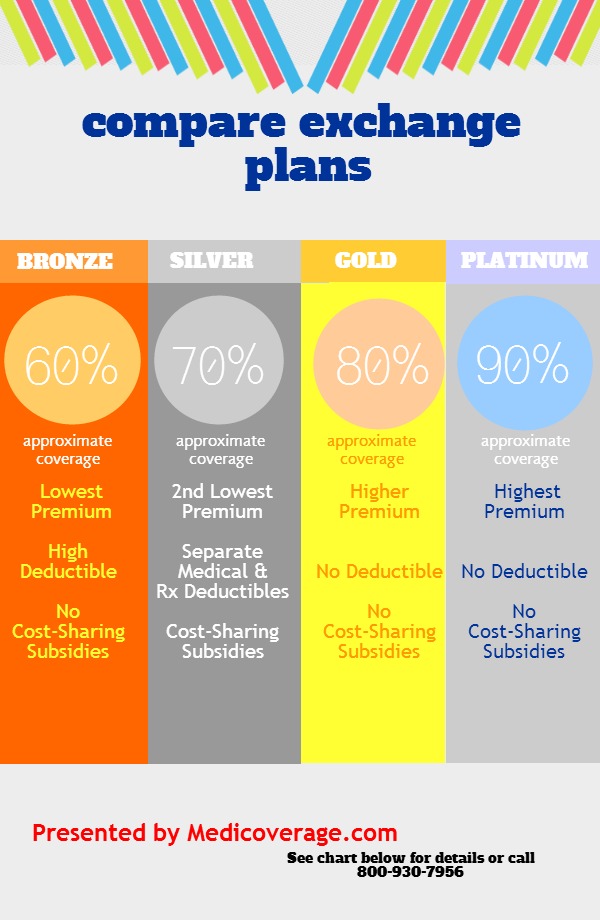MBR Take-Aways
- There are five different coverage options, all with a different cost structure.
- All plans will include a basic list of benefits.
- The Affordable Care Act does not require coverage for dental, vision, disability, life and critical illness to be listed on the exchange.
There are five different coverage options:
-
Catastrophic plans offer limited physician’s visits, and higher copays, deductibles, and lower monthly payments. Only individuals under the age of 30, or that qualify for the “hardship exemption” are eligible the purchase a catastrophic health plan.
-
Bronze plans will have coinsurance levels of 60%.
-
Silver plans will have coinsurance levels of 70%.
-
Gold plans will have coinsurance levels of 80%.
-
Platinum plans will have coinsurance levels of 90%.
No matter what plan you select, all health plans will provide specific benefits to consumers. A health plan must provide these services to be listed on an exchange. The following is a list of benefits covered by any plan offered:
-
ambulatory patient services
-
emergency services hospitalization
-
maternity and newborn care
-
mental health and substance use disorder services including behavioral health treatment
-
prescription drugs
-
rehabilitative and habilitative services and devices
-
laboratory services
-
preventive and wellness services and chronic disease management
-
pediatric services (including oral and vision care)





















